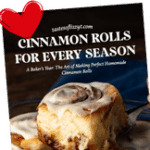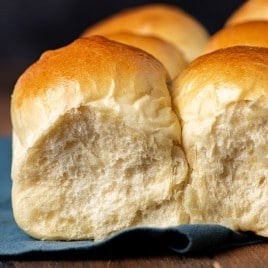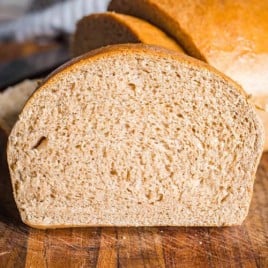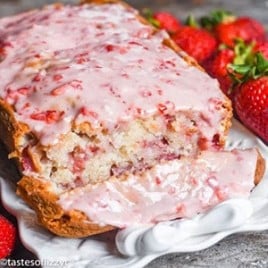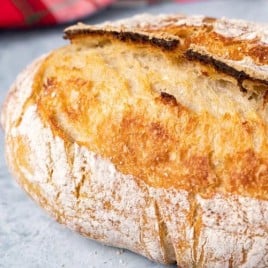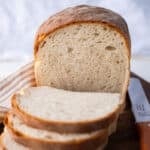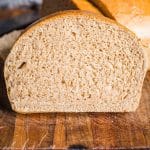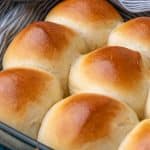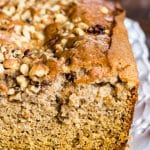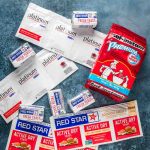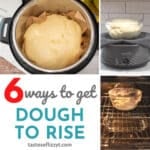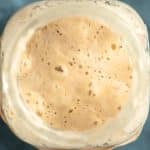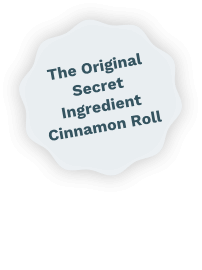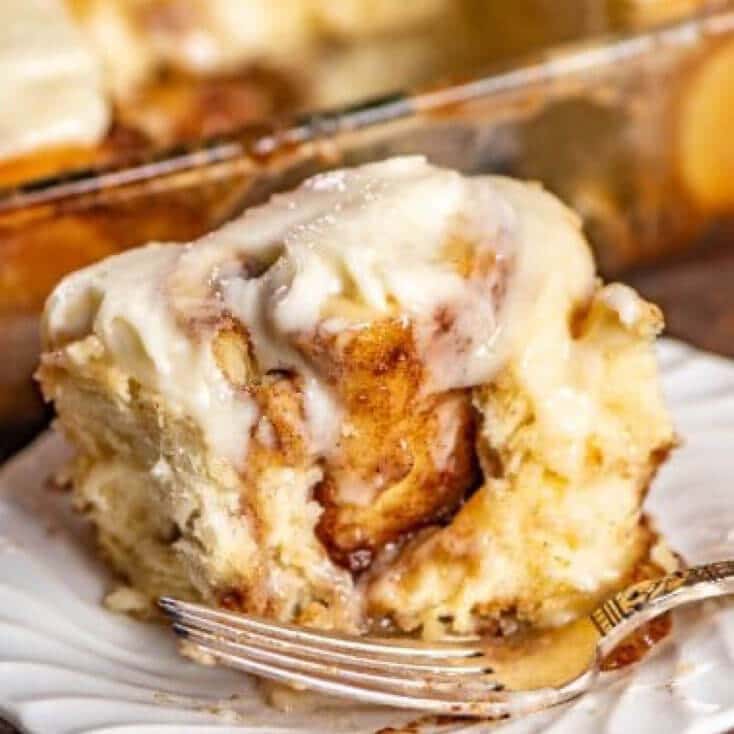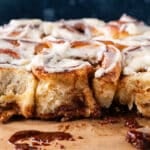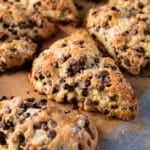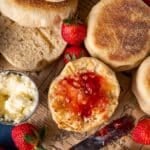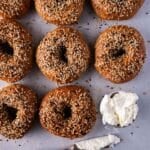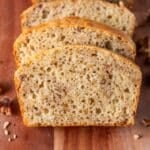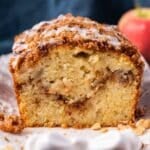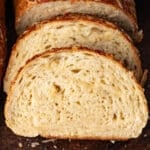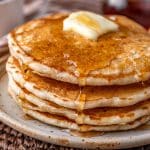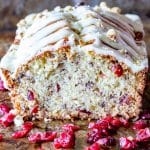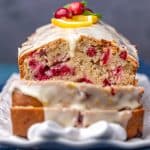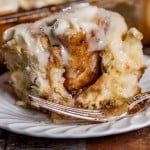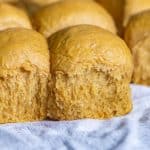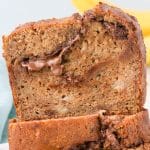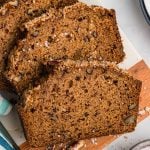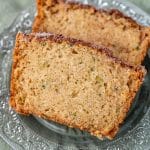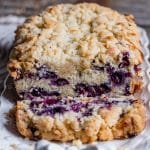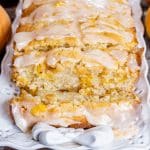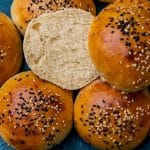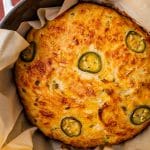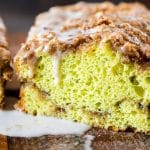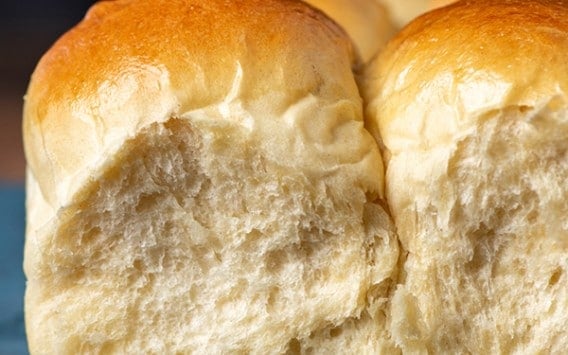
Bread Recipes
The best homemade bread recipes, with no fail instructions and tips for success, every time! We’ve got you covered with many sweet breads, dinner rolls, biscuits and yeast breads.
Homemade Bread Recipes
If there is one thing I love, it is homemade bread. It’s not just the soft, pillowy texture or the melted butter in a freshly sliced loaf. It’s the aroma while it bakes. That aroma takes me back to my mom’s kitchen. I want all of you to experience those same powerful memories and we’re here to help!
Making bread might seem intimidating, but with our simple recipes, we’ll help walk you step by step through breads of all kinds: yeast breads, hamburger buns, rosemary bread, artisan bread made in a dutch oven, sweet breads, whole wheat breads, dinner rolls and muffins for brunch. And then you can even take a white bread recipe and turn it into a delicious garlic bread, French toast or simply toasted with a sprinkling of cinnamon sugar. Choose a homemade bread recipe, grab the kids and let them help1
What is the secret to making good bread?
Here are my tips for making the best homemade bread, better than a bakery:
- Use fresh ingredients. Especially when it comes to yeast. If the yeast is old, the bread will not rise, resulting in a flat, dense bread.
- Use correct ingredient temperatures. Follow the recipe and yeast packet instructions. The temperatures should neither be hot or cold, but the correct temperature that the recipes states. Eggs can be at room temperature so they don’t slow the yeast.
- Measure ingredients carefully. We’re going through all of our old recipes and adding weights so that you get precise results, every time. If you don’t have a kitchen scale, spoon the flour lightly into a measuring cup, then level it off with a knife.
- Knead the bread dough. You can do this by hand, with a stand mixer (with the dough hook) or by using a bread machine on the dough setting. The last is my favorite option because it is set and forget. You know it is kneaded correctly when you can stretch it out about 4 inches and not have it break. Or you can use the “window test”, stretching the dough into a nearly sheer “window” without it breaking. You can overknead bread as well, so watch out for that.
- Make sure your oven temperature is correct. If your oven is uneven or off on temperature, this will affect your bread.
- Don’t open the oven while baking. This can cause the bread to collapse.
- Use appropriate sized loaf pans. Either 8×4″ or 9×5″ works best.
- Watch the crust. You want the crust to be golden brown. If it is getting too brown during baking, cover it loosely with foil. I know…I just told you not to open the oven. But you don’t want a burned crust either.
All About Yeast
It can be intimidating to work with yeast. We’re here to help you with any questions you may have. Active dry yeast? Or Instant Yeast? Or fresh cake yeast? There’s a lot of options out there. From choosing the right type of yeast for the right recipe to placing the dough in the ideal place to rise…and how do you make bread if you can’t buy yeast? Here’s where to start with those questions.
How to Make Your Bread Look Perfect
Have you ever wondered how to make dinner rolls and bread look perfectly golden brown and shiny? Or maybe you like a soft, buttery bread crust? We’re taking out the guess work and sharing our results of 12 different bread washes:
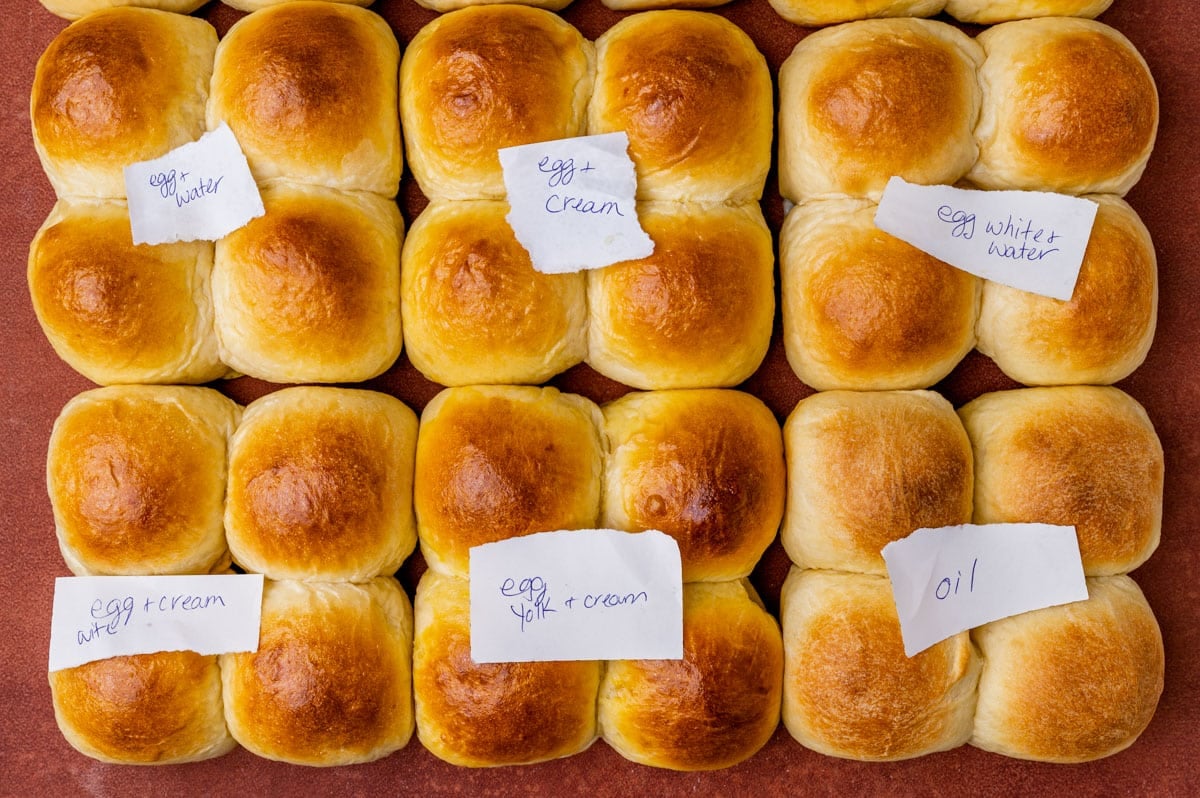
Yes, yes and yes! If you have a chance to make homemade bread, I’ll always say to take that chance over buying store-bought bread. Not only is the taste and texture always better, but you can also control the amount of certain ingredients, such as salt and sugar, that go into bread. This can help you achieve your health goals.
To make bread, you only need flour, salt, water and yeast. Crazy, right? And if you have sourdough starter as a natural yeast, you don’t need commercial yeast.
By spending just a short amount of time on the internet, you’ll find many recipes touting “the best bread recipe!”. If you’re looking for our favorite bread that turns out beautifully every time, try our country white bread. My mom has made this bread for years. She makes it in her bread machine to keep it quick and easy. It’s delicious!!
Many of our bread recipes are made with all-purpose flour. There’s no need to have a special flour. Bread flour is a high gluten flour, so when you use it in bread, it will produce a chewy loaf of bread and is often used in rustic loaves. All-purpose flour gives a softer texture and is perfect for many sandwich breads and sweet rolls.
The most important thing to remember when making homemade bread is to not add too much flour. First, when measuring, spoon the flour into the measuring cup and then level it with a knife. This will ensure you’re not packing the flour in. Second, when kneading the dough, don’t add too much flour at once. The dough should be tacky. It shouldn’t stick all over your hands, but it also shouldn’t feel dry.
How to Store Bread
After you’ve made the bread, how do you store it? You should always follow the recipe instructions for storing bread. If it has fruit, it may need refrigerated. Many yeast breads can be stored at room temperature. Here’s a guide:
- Yeast bread recipes and dinner rolls. Store in an airtight container, either a plastic resealable bag or a bread box. Keep it in a dry place, as moist places may speed up molding.
- Sweet breads. If they have fresh fruit, store them in an airtight container in the fridge so that they stay fresher longer.
- Sourdough. Sourdough is best stored at room temperature in an airtight container. Although sourdough is amazing fresh from the oven (isn’t any bread delicious fresh?!), it has the most tangy flavor about a day after making it. For the most sourdough flavor, let the bread cool completely before slicing it and serving.
